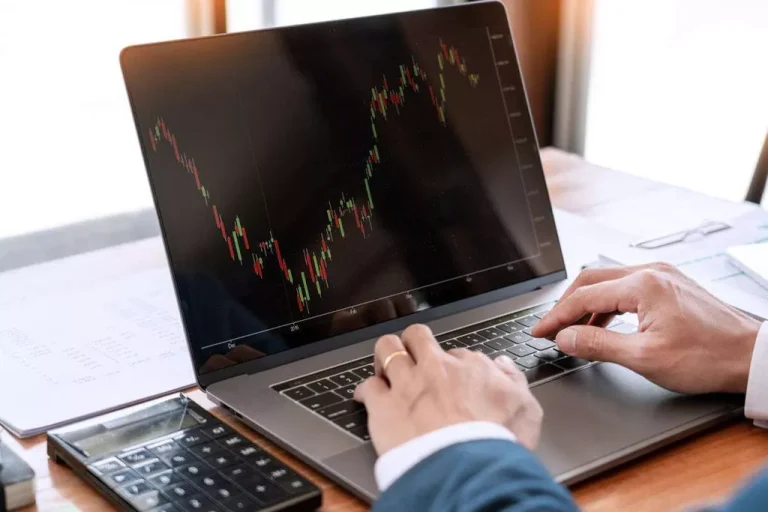Moreover, unlike centralized exchanges, they don’t have access to all marketplaces. Moreover, in comparison with centralized exchanges, they typically have fewer liquidity sources. AMM’s sophisticated technicality may not be ideal for individuals who possess inadequate technical understanding. AMMs are viewed as a very important part of the digital currency ecosystem. This framework facilitates decentralization and enhances buying and selling by streamlining the utilization of digital property. They enable customers to execute transactions whereas eliminating the necessity for a third celebration.
Customers lock up governance tokens (CRV, BAL) to achieve voting power, which they will use to influence protocol parameters, emissions, or pool incentives. Some protocols additionally enable delegation or bribe markets, the place tasks incentivize voters to direct emissions toward their pools, creating a dynamic and competitive governance surroundings. Layer 2 (L2) scaling solutions are considerably improving blockchain throughput and lowering transaction costs. These enhancements are making it feasible to implement more complex trading mechanisms, corresponding to on-chain order books, which were previously impractical as a end result of scalability constraints. AMMs are adapting by incorporating options like “hooks”—customizable logic that permits for dynamic fee structures, on-chain limit orders, and integration with external information sources.
Get The Newest Chainlink Content Material Straight To Your Inbox

Automated Market Makers have redefined how belongings are traded on the blockchain. From Uniswap’s early liquidity swimming pools to today’s cross-chain, modular ecosystems, AMMs have advanced into one of DeFi’s strongest building blocks. An order guide lists all active buy and promote provides, reflecting traders’ collective notion of an asset’s value at any given moment. Each commerce occurs between two counterparties—one purchaser, one seller—and the worth continuously adjusts primarily based on supply and demand. It’s a dynamic, peer-to-peer system with humans (or bots) driving every worth tick. As Soon As the system has defined a suitable value, it’s going to create a smart contract.

As far as the creators go, Bancor was ideated and launched by a staff of devs, with Guy Benartzi and Galia Benartzi main the endeavor. There are a number of AMMs that allow you to trade specific scenarios and even bet on specific event-related outcomes. Together, these options make AMMs not simply environment friendly but additionally deeply versatile and user-driven monetary primitives.
This evolution brings AMMs nearer to the functionalities of centralized exchanges while maintaining decentralization. Balancer introduces flexibility with pools supporting as much as eight tokens in customizable ratios, diverging from the standard two-token mannequin. This design allows for dynamic portfolio administration and acts as a decentralized index fund. With about $800 million TVL in June 2025, Balancer’s Good Order Routing ensures efficient trade execution across its various swimming pools.
Curve Finance executed a $2.5 million sUSD-USDC commerce that price less than $2 in fuel charges. Here, x represents the value of Asset A, y denotes the worth of Asset B, while k is a continuing. However, should you simply go by the chronology, Bancor remains the first AMM to be launched, on the Ethereum ecosystem, in 2017.
External Worth Sources
- Balancer adapted the Uniswap mannequin for Liquidity Provision with out the requirement to supply asset pairs in a 50/50 ratio.
- Study how tokenization could convey trillions in worth to blockchains.
- Numerous models are used and the approaching years will show which protocols are the best.
- Decentralized exchanges, or DEXs, suffer from the constraints of AMMs.
Exploring crypto can be powerful, with conventional exchanges usually charging excessive charges despite gradual processes. Automated market makers (AMMs) clear up this by using sensible contracts to automate transactions on decentralized exchanges, making DeFi extra accessible and efficient for everybody. While there are a variety of approaches to AMMs as exemplified by Uniswap and Balancer, the very fact Yield Farming stays that they require liquidity to operate properly and negate slippages. As such, these protocols incentivize liquidity suppliers by offering them a share of the fee generated by liquidity pools and governance tokens.
This improvement enhances accessibility and efficiency in DeFi trading. There are many different automated market maker protocols and choices available throughout the DeFi ecosystem. For each traders and LPs, you will want to perceive the make-up of each AMM’s liquidity pool. Uniswap, as an example, works on a set ratio between two pairs of tokens. Balancer, on the opposite hand, has multi-token pools (up to eight) with customized pool ratios more suited to volatile or imbalanced asset costs. Automated market makers (AMMs) are decentralized exchanges that use algorithmic “money robots” to offer liquidity for merchants shopping for and selling crypto property.

Users can claim the proportion of property added to a lending pool somewhat than the equal quantity of worth they added to the pool. Impermanent loss can positively and negatively influence liquidity suppliers relying on market circumstances. However the principle mechanism that centralised exchanges employ to generate liquidity is thru external market makers. These are B2B financial providers which would possibly be paid to artificially generate buying and selling demand for a selected coin, typically ones which are newly listed.
In truth, there have been cases where tens of millions of dollars price of tokens have been stolen. Extra competition gives users more selection which might only be a good factor. Impermanent Loss is the unrealised loss within the worth of funds added to a liquidity pool due to the impression of worth change on your share of the pool. It Is an element of the automated nature of DEFI and the volatility of the price of asset pairs. One of the particular problems of the AMM method to decentralised exchanges is that for very liquid swimming pools a lot of the funds are sat there doing nothing. This is because the majority of the time value strikes in a comparatively narrow range, and the pool will rapidly rebalance.
One Other method of looking at digital AMMs is to consider them loaded with digital balances to lower the impact of huge trades. As seen, AMMs are in management of significantly extra than just handling trades and swaps. If you are new to AMMs, consider experimenting with a platform like Uniswap, Curve, or PancakeSwap using small amounts. And if you’re able to dive deeper, discover our devoted protocol guides on Coin Bureau to discover ways to https://www.xcritical.com/ take benefit of DeFi’s evolving toolkit.
In The Meantime, market makers on order e-book exchanges can management precisely the price factors at which they need to purchase and promote tokens. This leads to very excessive capital efficiency, but with the trade-off of requiring energetic participation and oversight of liquidity provisioning. Slippage refers to the distinction between the anticipated worth of a commerce and the value at which it’s executed. In AMMs, slippage is influenced by the pool’s liquidity; low-liquidity pools are more vulnerable to vital price adjustments from particular person trades.
The depth of the actual market you want to commerce into – the out there liquidity – will determine any slippage within the price as you execute an order. You can use crypto price aggregators like Coinmarketcap or Coingecko to get a way of the market depth obtainable for swapping a selected coin. Now that you simply perceive what market making is, it’s simpler to grasp the workings of an automated market maker.
As for AMMs, any entity can become liquidity providers so lengthy as it meets the necessities hardcoded into the good contract. Imagine there is a self-functioning automobile wash where amms meaning you select the washing service, pay for it proper into the machines, and sit again whereas the machine takes care of the work. As for an automated market maker, paying into the machines is synonymous with depositing a token in a DEX or a standalone liquidity pool. We’ve explored how they work, the different designs they’ve gone through, the dangers they carry, and the way they continue to push the boundaries of decentralized finance.
The most typical method is the constant product rule, which balances the ratio between property as users commerce. While a Decentralized Trade is an on-chain platform, an Automated Market Maker (AMM) is this system that runs it. To complete trades, the algorithm utilises liquidity swimming pools, which are composed of cryptocurrencies lent to the protocol by liquidity providers.